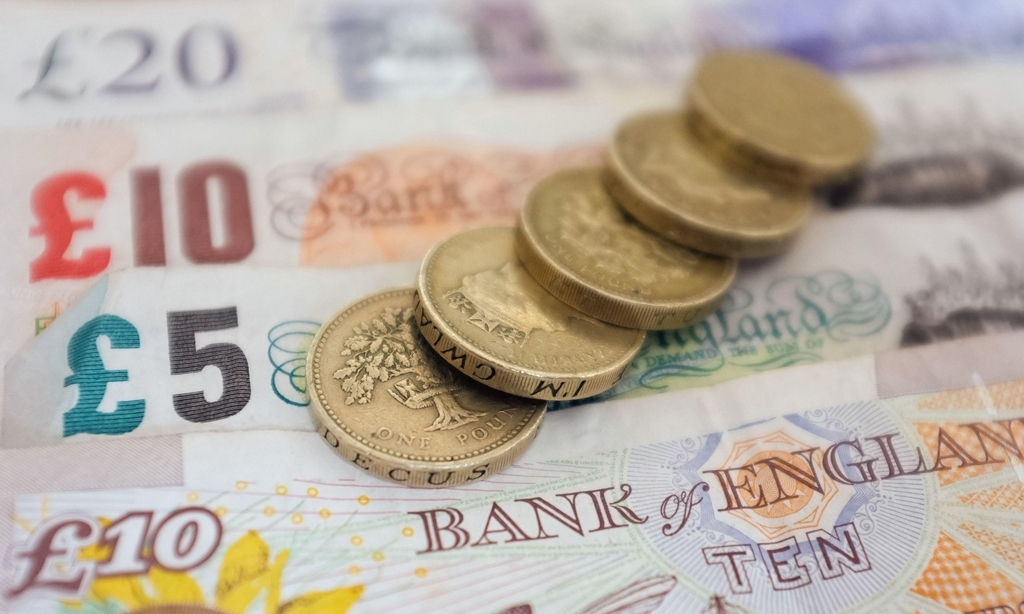More than a third of firms in North East Fife do not pay their employees the living wage, according to new research from the Trades Union Congress.
The living wage is currently calculated at £7.85 an hour, or £9.15 in London, the amount the Living Wage Foundation says is necessary to meet the basic cost of living in the UK.
By comparison, the minimum wage, which companies are legally required to pay, stands at just £6.50 an hour for people over the age of 221.
The TUC is campaigning for firms across the UK to introduce the living wage. Currently, one in five workers – more than five miliion people – across the UK do not receive this rate.
The TUC research, which compares the position in parliamentary constituencies, reveals dramatic variations in pay rates across the country.
In Birmingham Northfield 53.4% of workers receive less than the living wage – the worst rate in the country.
North East Fife is the worst constituency in Scotland for not paying the living age, more than one in three employees (34.4%) receive less.
The statistics also reveal widespread variations within individual cities.
Just 11.9% of workers in Dundee West are paid less than the living wage, the sixth lowest rate in the UK.
But in Dundee West nearly one in four people (22.9% of employees) earn less than the living wage.
General Secretary Frances O’Grady said: “Extending the living wage is a vital step towards tackling the growing problem of in-work poverty across Britain.
“Working families have experienced the biggest squeeze on their living standards since Victorian times, and these living wage figures show that women are disproportionately affected. Pay has been squeezed at all levels below the boardroom, and the government’s mantra about ‘making work pay’ is completely out of touch with reality.
“The number of living wage employers is growing rapidly and unions are playing their part in encouraging more employers to sign up and pay it. But we need to see a far wider commitment to pay the living wage from government, employers and modern wages councils to drive up productivity and set higher minimum rates in industries where employers can afford to pay their staff more.”
